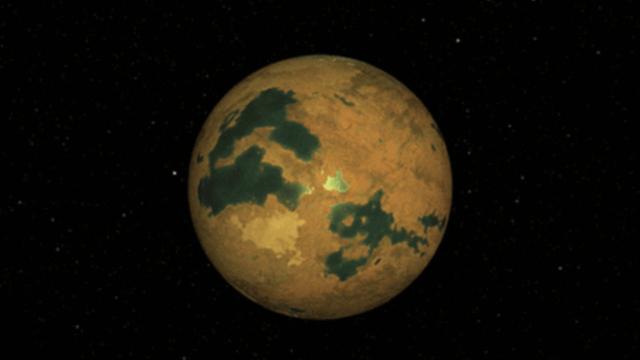In an intriguing scientific revelation, researchers have debunked the existence of a planet orbiting the star 40 Eridani, a star famously associated with Star Trek's Vulcan. Initially, in 2018, astronomers suggested the presence of a "super-Earth" orbiting this star, causing excitement in the Star Trek community. Their findings were based on shifts in the star's light, hinting at the gravitational influence of an orbiting planet. However, new observations using the NEID instrument on the WIYN telescopes at Kitt Peak National Observatory suggest these light shifts were due to stellar activity, not an orbiting planet. Although this might disappoint some Trekkies, it highlights the advanced precision of next-gen planet-hunting technologies that will likely discover new worlds far beyond our current capabilities.
Can scientists confirm the existence of Vulcan in real life?No, recent studies using advanced astronomical tools have shown that previously detected light shifts, thought to indicate a planet orbiting the star 40 Eridani, were actually caused by stellar activity, dispelling the belief in Vulcan's real-life counterpart.
Star Trek, created by Gene Roddenberry, premiered on September 8, 1966, and has since become a cornerstone of science fiction, gaining a massive following. Its imaginative depiction of future space exploration has inspired many in the field of astronomy and continues to spark interest in the cosmos.








Comments
It’s a bummer that 40 Eridani doesn’t have its own Vulcan, but it’s fascinating to see how advanced tech like the NEID instrument is pushing the boundaries of our space knowledge. Who knows what other surprising discoveries are waiting out there in the final frontier 🚀🪐
Wow, the news about the debunked planet 40 Eridani A is a bummer for Star Trek fans hoping for Vulcan, but it's a thrilling showcase of how far our astronomical technology has come. We're now equipped to peer even deeper into the cosmos; keep those sci-fi dreams alive 🚀🌌
It's fascinating how advanced tech is refining our understanding of space, even if it means debunking long-held hopes like Vulcan's existence. This just goes to show how much more there is to explore and discover out there—Star Trek's spirit of exploration lives on